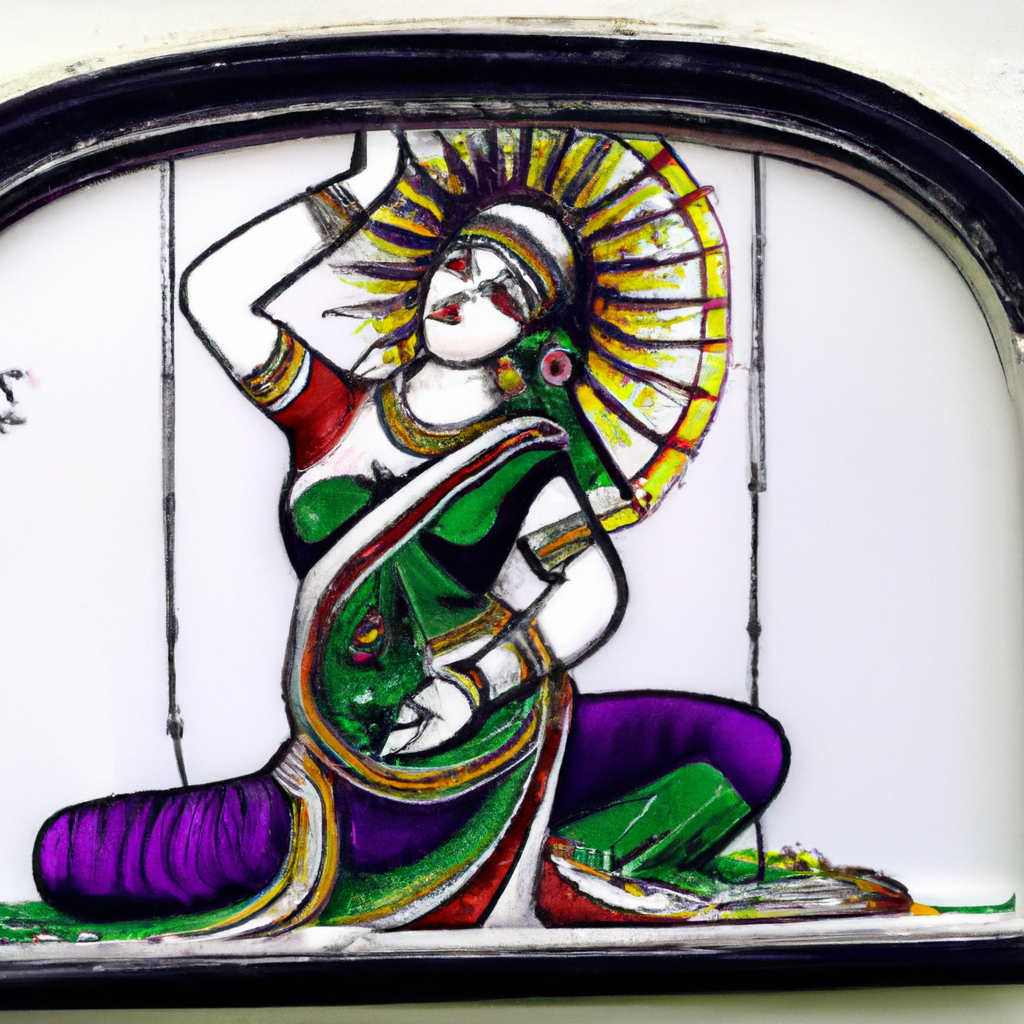Madhubani art, also known as Mithila painting, is a traditional Indian folk art that originated in Bihar, a state in Northern India. It is a significant part of India’s cultural heritage and has been practiced for centuries. This art form is known for its unique painting techniques, vibrant colors, and symbolic art. In this article, we will explore the history and significance of Madhubani art in detail.
History of Madhubani Art
Madhubani art has a rich history that dates back to the ancient times of Ramayana and Mahabharata. The art form was initially practiced by women from the Mithila region of Bihar. The women would draw intricate designs on the walls of their homes to celebrate special occasions like weddings and festivals.
It was only in the 1960s that Madhubani art gained recognition as a unique art form. A severe drought in Bihar forced the government to take measures to improve the economic conditions of the region. As a result, they encouraged the women to create paintings on paper and sell them as a source of income. This initiative led to the commercialization of Madhubani art and helped the women artists gain recognition and financial independence.
Painting Techniques
Madhubani art is known for its unique painting techniques. The artists use natural dyes made from plant extracts to create vibrant colors. They use a bamboo stick or a brush made of cotton to create intricate designs. The designs are then filled with color, creating a vibrant and detailed painting.
One of the unique aspects of Madhubani art is that it is created without any prior sketching or outlining. The artists draw the designs directly on the canvas, relying on their creativity and imagination. This makes each painting unique and adds to the charm of Madhubani art.
Symbolic Art
Madhubani art is not just a visual treat but is also symbolic. Each painting has a story to tell and is filled with symbolism. The paintings depict scenes from mythology, nature, and everyday life. They are also used as a form of communication, expressing emotions, and sending messages.
The paintings are often created with a particular purpose in mind. For example, a painting of a fish symbolizes fertility and prosperity, while a painting of a peacock symbolizes love and romance. The use of symbolism in Madhubani art adds depth to the paintings and makes them more than just a visual representation.
Women Artists
Madhubani art is unique in that it is predominantly created by women artists. Traditionally, women from the Mithila region would create paintings on the walls of their homes. However, with the commercialization of the art form, women artists have gained recognition and financial independence.
The women artists are not just skilled painters but are also storytellers. They use their paintings to express their thoughts, emotions, and experiences. Madhubani art has given women a platform to showcase their creativity and has helped them gain recognition in a male-dominated society.
Significance of Madhubani Art
Madhubani art is an essential part of India’s cultural heritage. It is a unique art form that has survived for centuries, thanks to the efforts of women artists. The art form has gained recognition on a global level and has been featured in museums and galleries worldwide.
Madhubani art is not just a visual treat but also serves as a way to preserve traditions, culture, and history. The paintings depict scenes from mythology and everyday life, giving us a glimpse into the past. They are a reminder of our roots and help us connect with our heritage.
Conclusion
In conclusion, Madhubani art is a unique and significant art form that has survived for centuries. It is known for its unique painting techniques, vibrant colors, and symbolic art. The art form has given women artists a platform to showcase their creativity and has helped them gain recognition and financial independence. Madhubani art is an essential part of India’s cultural heritage and serves as a way to preserve traditions, culture, and history.







